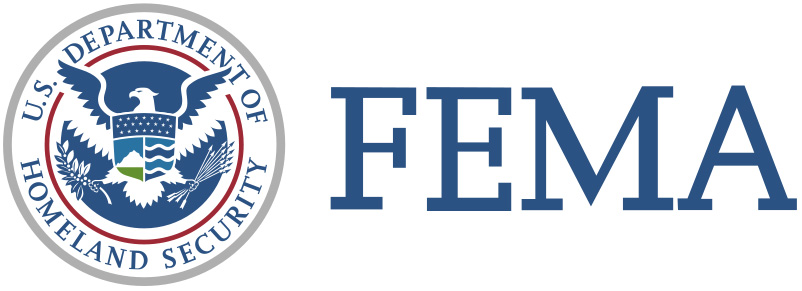As of Mar. 10, federal disaster assistance includes:
- $137 million in grants awarded to more than 31,000 homeowners and renters in the 12 counties designated for Individual Assistance. The grants help pay for uninsured or under-insured losses or damage from Hurricane Michael not covered by insurance or other sources. That amount includes:
- $112 million in FEMA housing grants to help pay for home repair, home replacement, or rental assistance to be used to rent a temporary place to live.
- $24 million in Other Needs Assistance grants to help pay for personal property replacement and other serious disaster-related needs--such as moving and storage fees or medical and dental expenses.
- $624 million in low-interest disaster loans from the U.S. Small Business Administration for more than 12,000 homeowners, renters and business owners. That total includes more than $112 million for businesses to repair, rebuild or replace disaster-damaged physical property and to cover economic injury from Hurricane Michael.
- $195 million in flood insurance claims paid to more than 4,000 policyholders from the National Flood Insurance Program (NFIP).
A snapshot of the disaster recovery operation shows definite signs of progress:
- Nearly 2,100 households displaced from their homes due to Hurricane Michael have stayed in hotel rooms paid by FEMA under its Transitional Sheltering Assistance program. About 400 households remain checked in as they continue to look for a longer-term housing solution or wait to move into direct housing provided by FEMA and the State of Florida.
- Nearly 760 families displaced by Michael have received the keys to temporary housing units from FEMA, which includes mobile homes, travel trailers and direct-lease properties. FEMA and the state have placed the mobile units on private sites, pads in commercial parks and FEMA group sites. The units serve as temporary accommodations until the survivor can achieve permanent housing.
- By the first week of December, the U.S. Army Corps of Engineers and its contractors had installed 7,800 temporary blue roofs in the Florida Panhandle, which have allowed survivors to shelter in their own homes while making repairs.
- The state and FEMA have staffed and operated 30 disaster recovery centers, which provide one-on-one assistance to survivors. The centers have served more than 52,000 visitors.
Two centers remain open in Panama City and Port St. Joe. Survivors also may go online to DisasterAssistance.gov, or call 800-621-3362 or 800-462-7585 (TTY), to check the status of their application or get answers to their questions. Lines are open from 7 a.m. to 11 p.m. EST seven days a week.
For more Hurricane Michael recovery information, visit www.fema.gov/disaster/4399 and www.FloridaDisaster.org.













